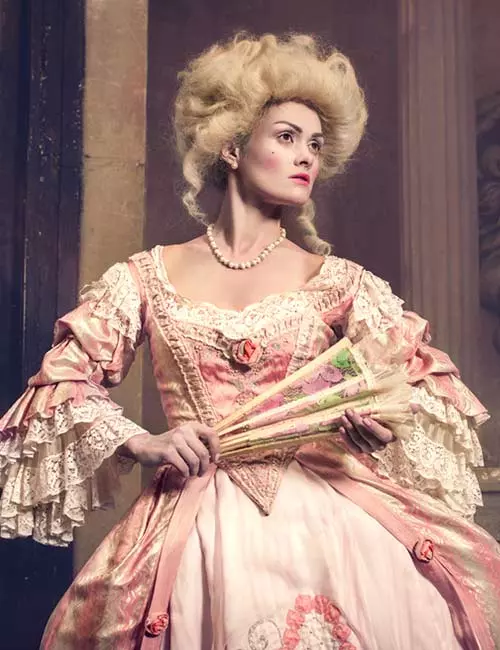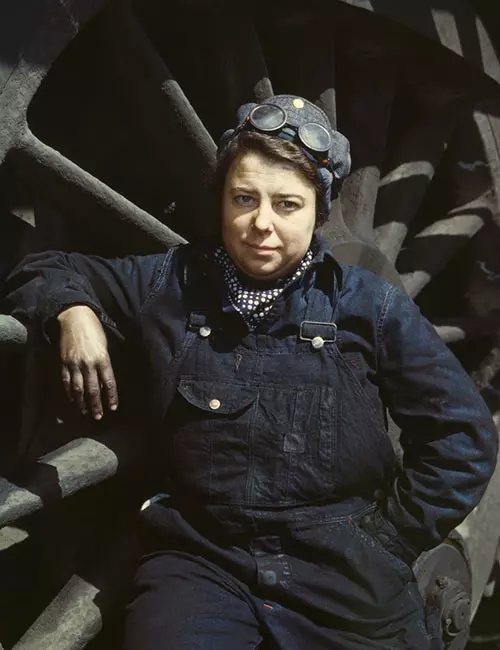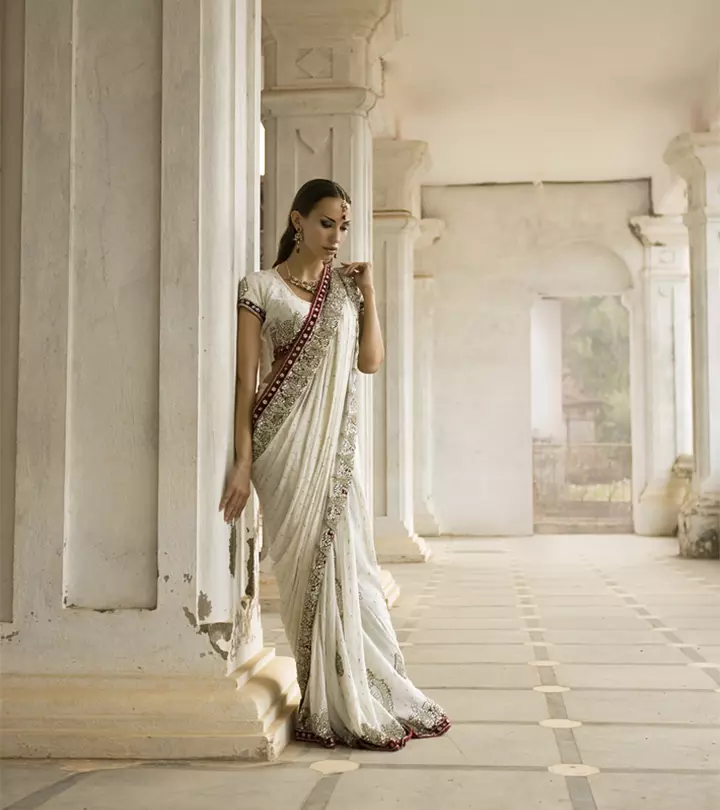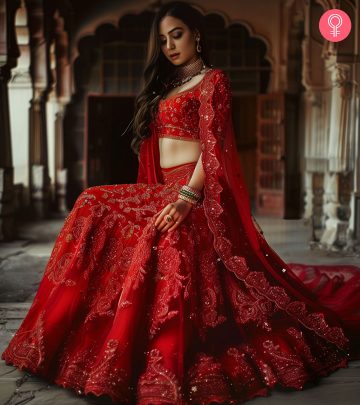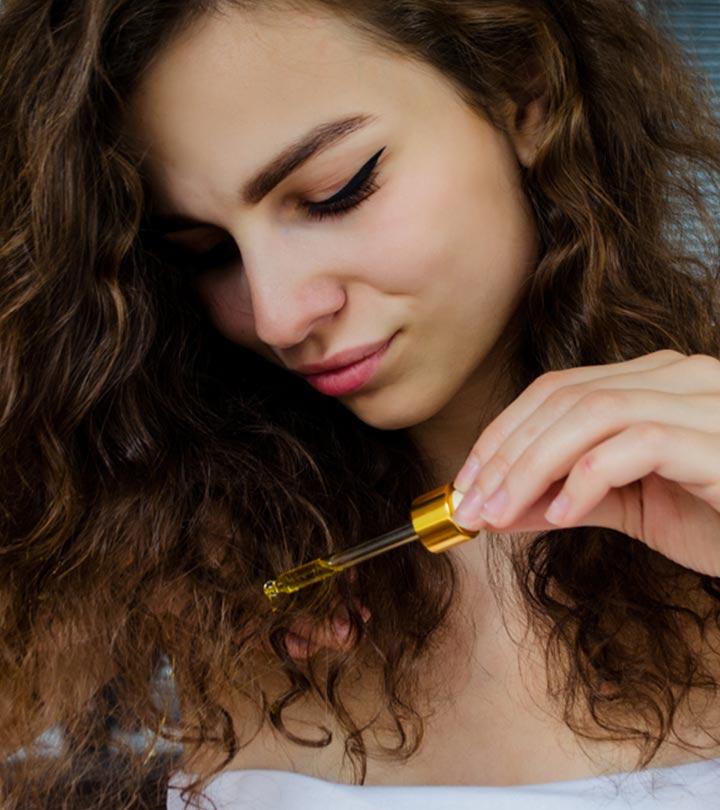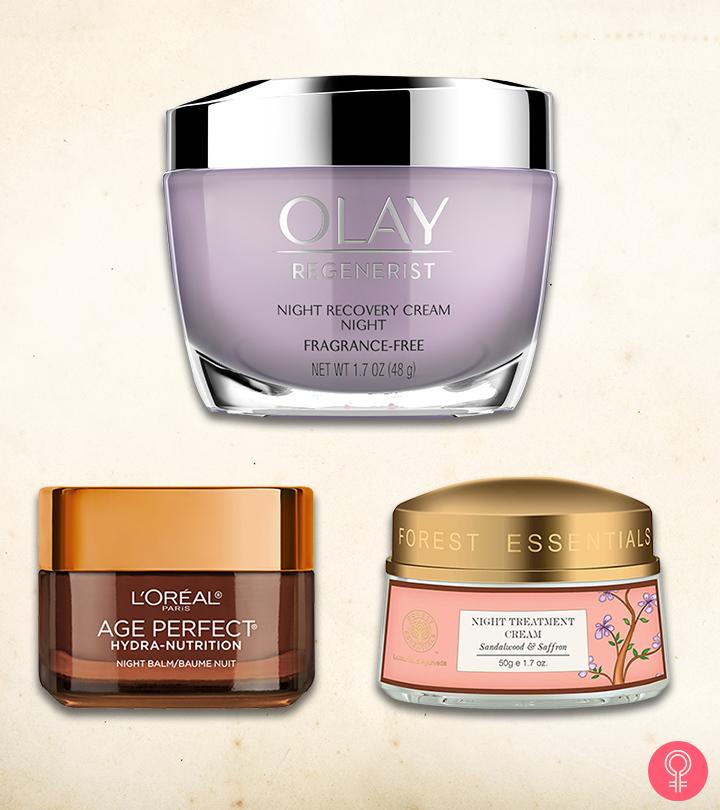Why Don’t Women’s Jeans Have Pockets Like Men’s? It’s Not Just Fashion, There’s History Behind It
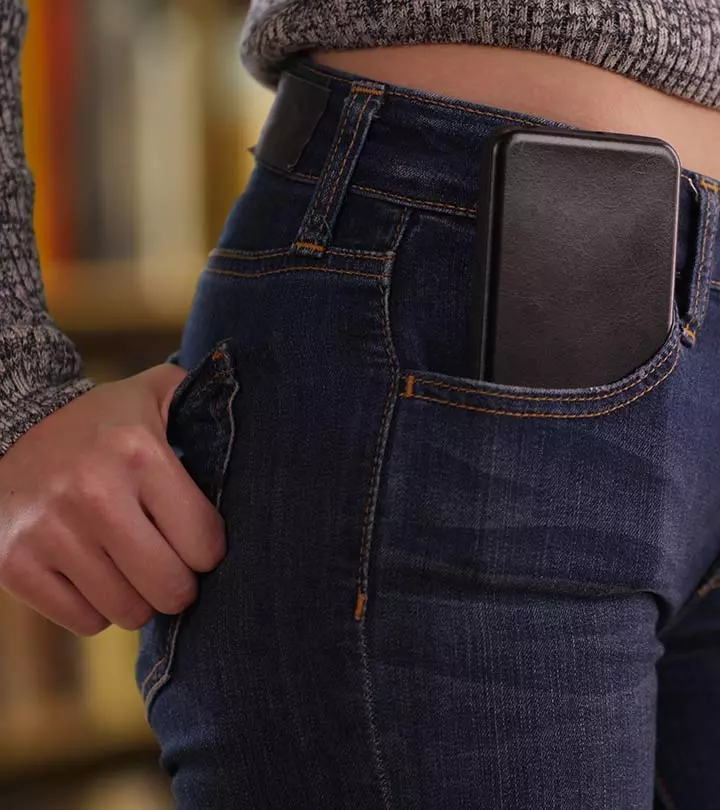
Image: Shutterstock
Have you ever wondered why your favorite pair of jeans isn’t as functional as your boyfriend’s jeans? Of course, you look amazing in them and they are the most comfortable clothes you have ever owned. But, your pockets are either non-existent or so small that they can hold only your lipstick. Not fair, right? All this time gender bias was “right in your pocket” and you never even gave it a thought. Well, this unjust pattern in clothing dates back to the late 1600s. Pockets, in general, started appearing during this time, and it was just men who wore clothes with pockets (like they don’t have enough already). They were sewn to their pants and shirts just like the way they are today and women never got a chance to have them. And there it goes— the beginning of another sexist nonsense.
Let’s read through the journey of women from having no pockets at all to having fully functional pockets (even better than that of men’s). And also, you might wanna go back in time and punch men for being unapologetically biased (oh wait, they still do exist), after reading this article.
Digging For The Wrap Sack
So, men had internal pockets that were quite accessible. They could carry whatever they want in their pockets, like their cigars, money, keys, and their snooty old attitude. But, women had to get more crafty and get a wrap sack tied to their body with a string to carry things that they wanted to. And, since women didn’t really have pockets back then, these wrap sacks were buried deep inside their fluffy gowns.
So, how did these work? Women back in those days wore gowns with petticoats (skirts). Below this petticoat was an under-petticoat making in another layer of garment inside the fluffy gown. The wrap sacks were tied outside the under-petticoat and then the gowns were worn. To make the wraps more accessible, there were slits cut in the fluffy gown (by the 18th Century). But, for those who didn’t have these slits or couldn’t afford such clothes, taking something out of the wrap sack was almost like getting half-naked. Now, that’s a lot of work for the ladies and all men had to do was just slip their hand inside their sewed on pocket.
Hip purses became popular during the 18th Century. Now, these purses are fancier than the basic wrap sacks. They came in pretty colors and patterns with hand-sewn embellishments and embroidery. The fluffy gowns and the slits in them made life much easier for women during this time. But, this joy was short-lived and pockets on women’s clothing got extinct by the end of the 18th Century.
A Century Of No Lady Pockets
We switched to skinny jeans from straight cut pants and bell bottoms a few decades ago. Remember what happened to the pockets during this transition? Well, they died! Today, if you’re wearing skinny jeans, you’ll either find fake pockets that don’t even have openings or tiny pockets that can only fit a stick of gum. Something similar happened during the 1800s when women ditched their fluffy gowns and started wearing Grecian-inspired clothes that stuck closer to the body. These clothes left no room for the wrap sacks and hence, having anything even close to pockets was out of the question.
So, how did women carry their things around? This is the time when our favorite accessory, the purse, was born. They were called reticules and were small bags that women carried in their hands, rather than on their hips. Over time, even the reticules took a fancy turn just like the hip purses and became a status symbol. Wealthy women left all their money with the men, since the reticules were too small to hold money. So, women who carried larger purses were looked down upon since they were clearly working women. You heard it right, working women were considered to be inferior, because they actually earned rather than sit at home sipping tea or sewing handkerchiefs *facepalm*.
20th Century Pocket Revolution
Almost by mid 19th Century, women start rebelling and started giving instructions to get pockets sewn into their skirts. By the time we entered the 20th Century, women started wearing pants. This was considered to be weird by the society back then due to the concept of “femininity” (yeah, they didn’t have any clue what it really was). And, with more and more women taking up jobs during World War 2, pants with pockets became common.
Fashion And Pockets
By the end of the 20th Century, fashion demanded women silhouettes to look slim. As a result, pockets were again cut off from the clothes. Since then, pockets have been an on and off thing for women. However, fortunately, we can now choose to get pockets stitched on to whatever the damn outfit we want to (including sarees). And, we can wear skinny jeans with no pockets too. Well, we guess that’s the whole point of feminism— having the right to do and wear whatever we want to. Isn’t it ladies?
While things like gender bias is slowly (at tortoise speed) getting out of our lives, certain other things like body stereotypes are still evident in what we call “fashion.” Now, we don’t know how long it’s going to be when none of these evil yardsticks are laid upon women, but we can try not to give into them and dress however we want to.
Do you like having pockets on your clothes? Would you ever wear a traditional clothing item like a salwar suit with pockets on them? Share your thoughts with us in the comments below.


